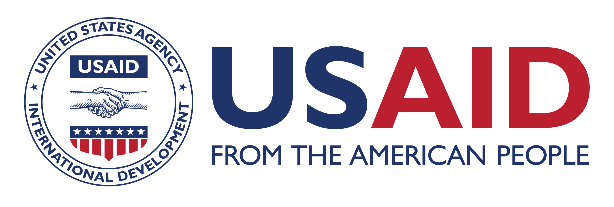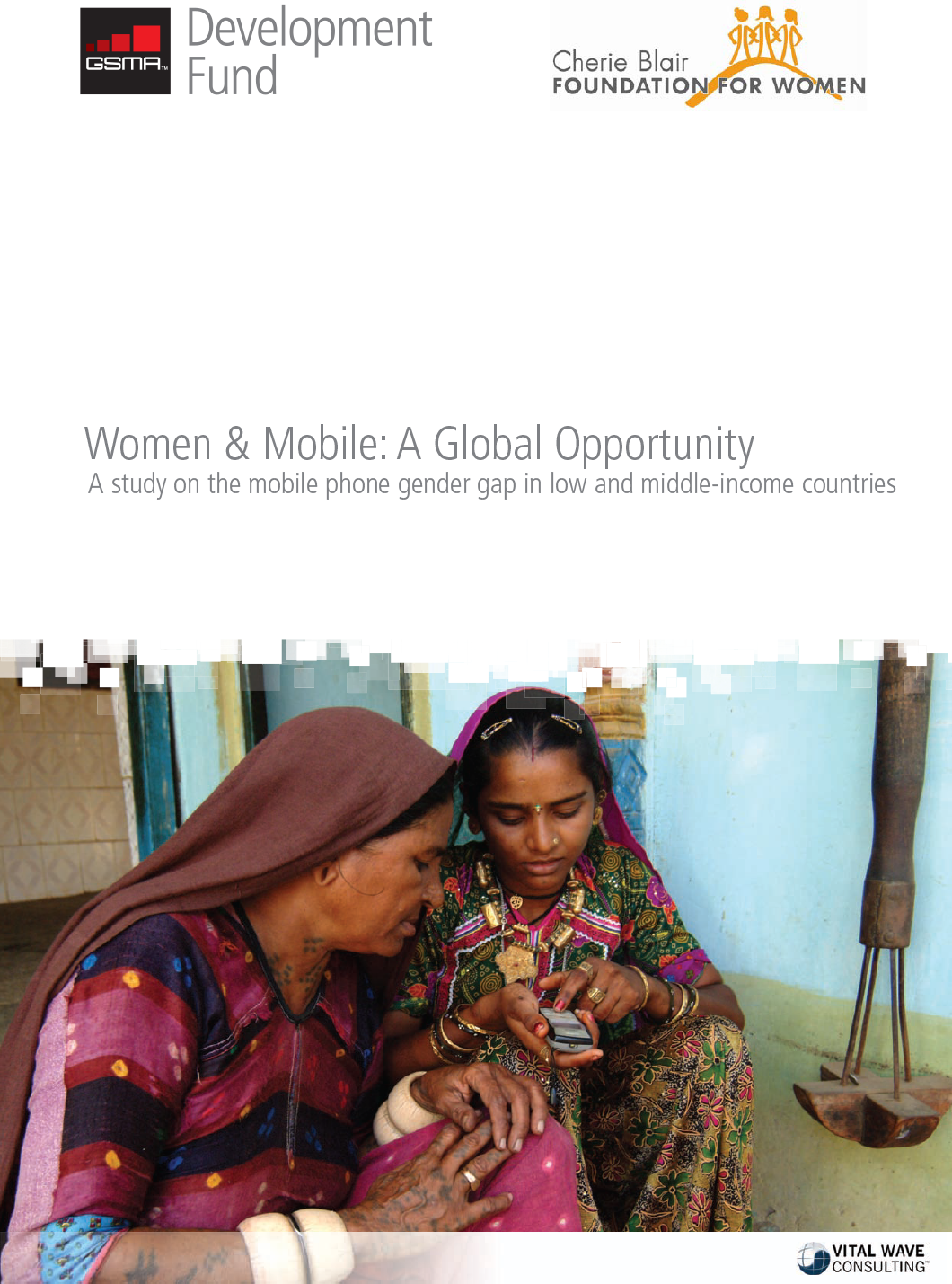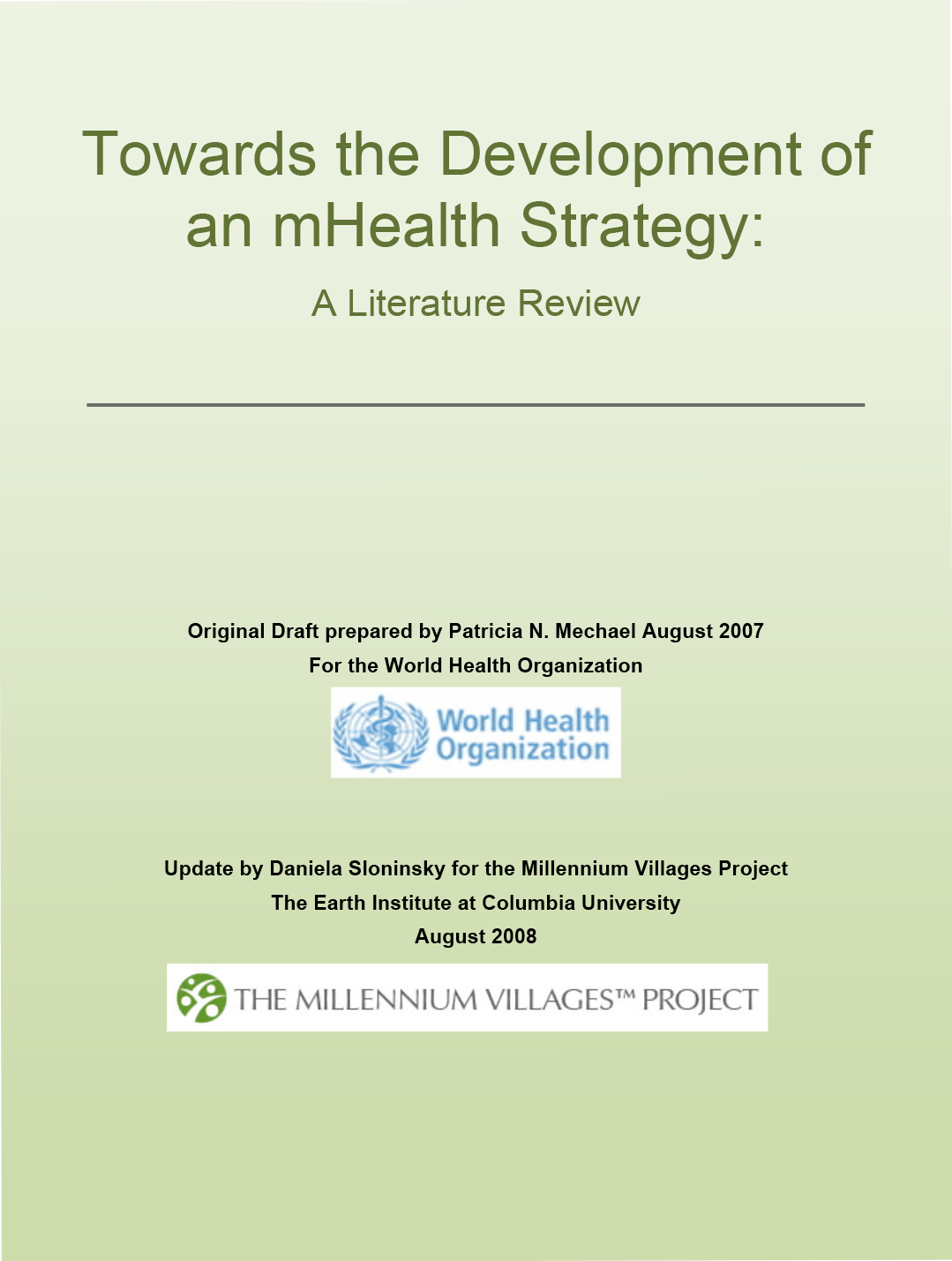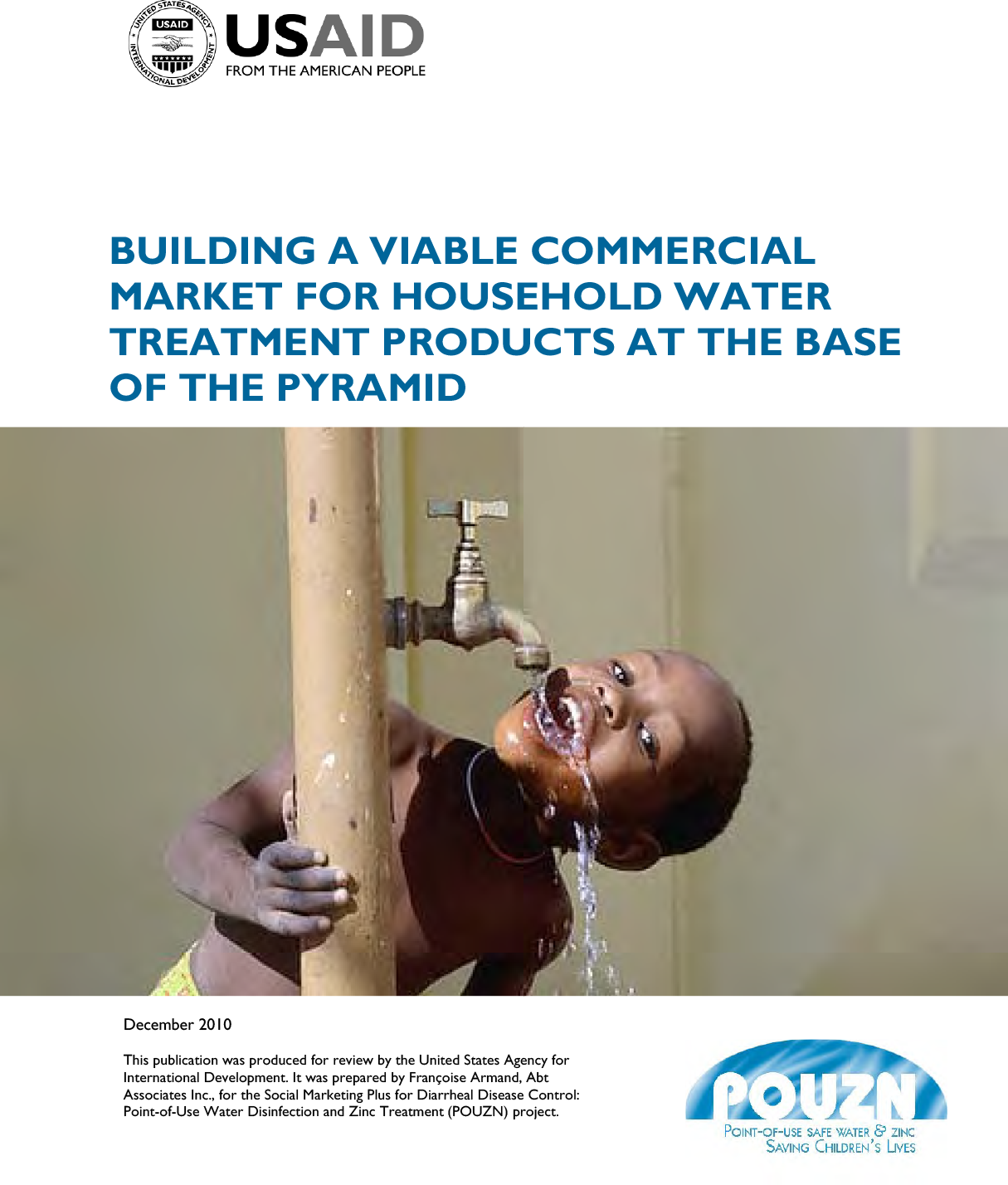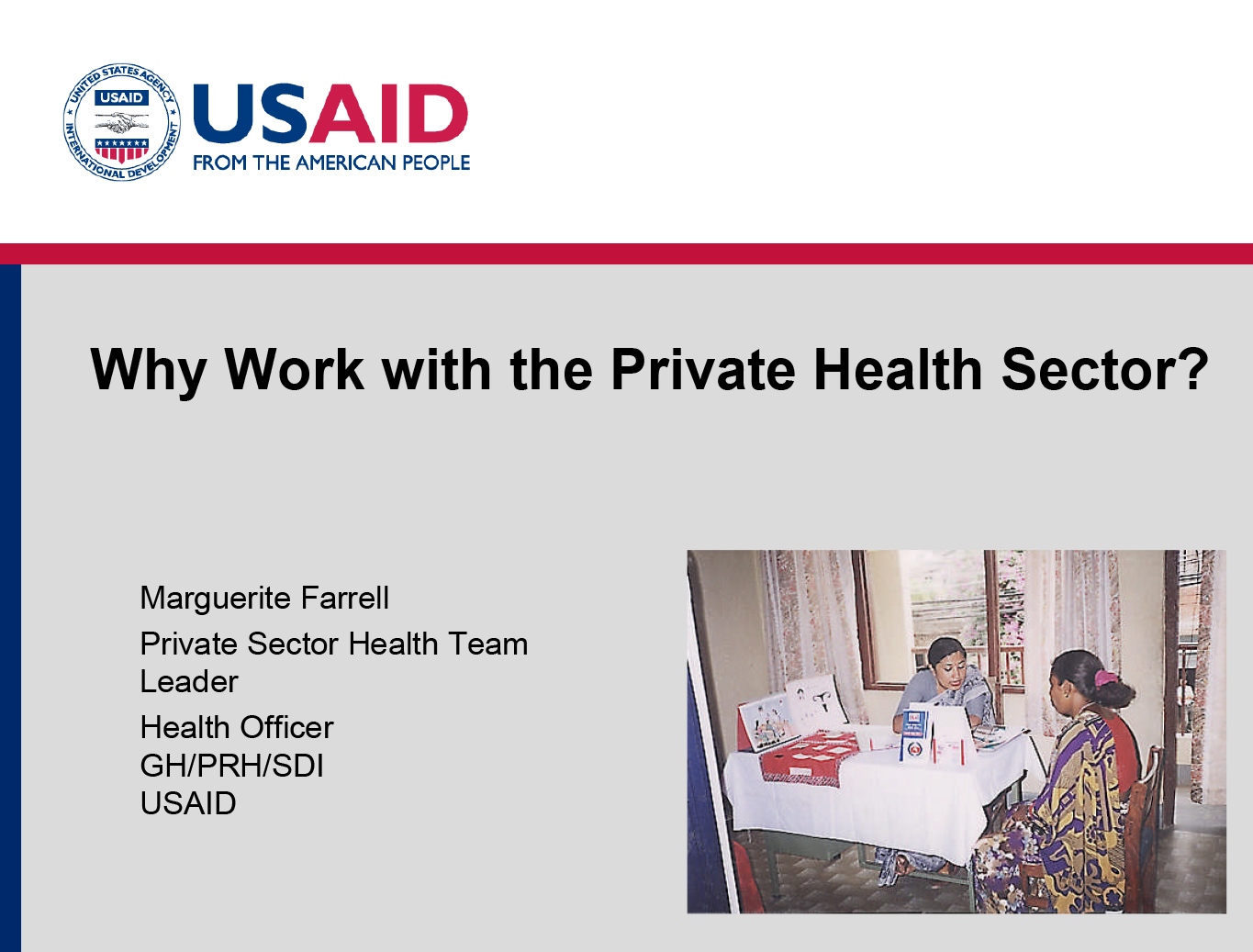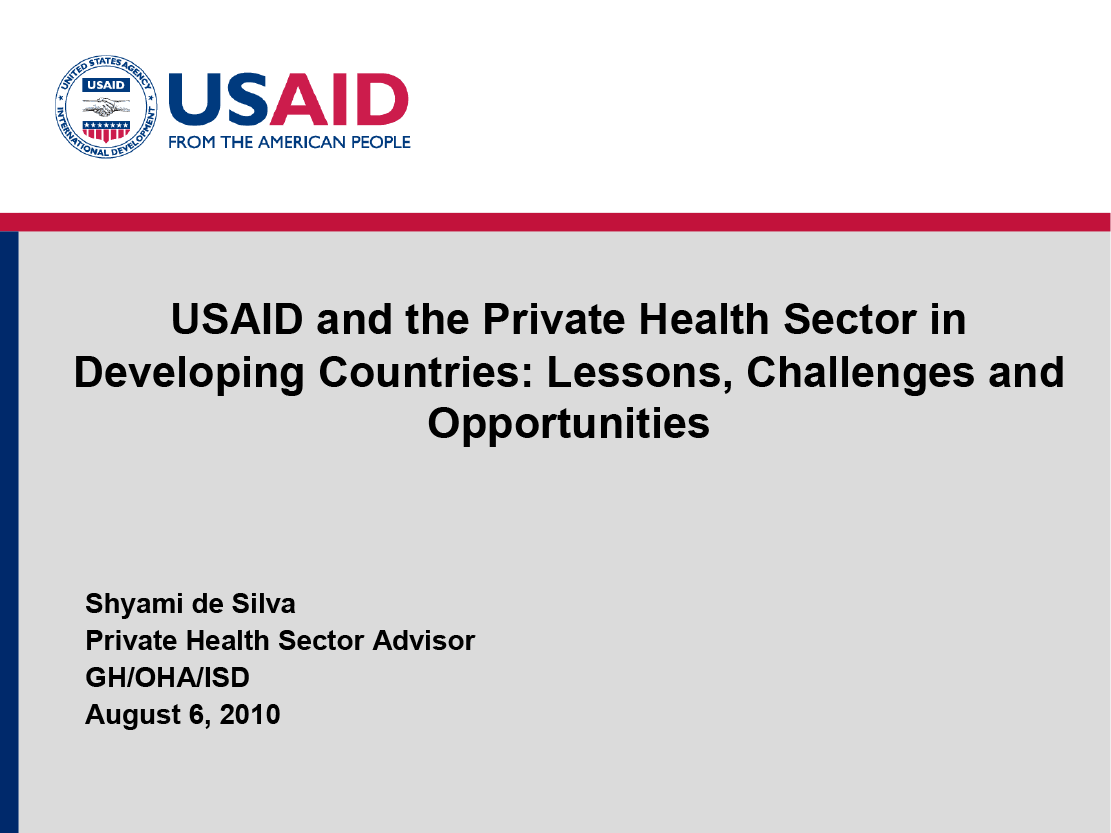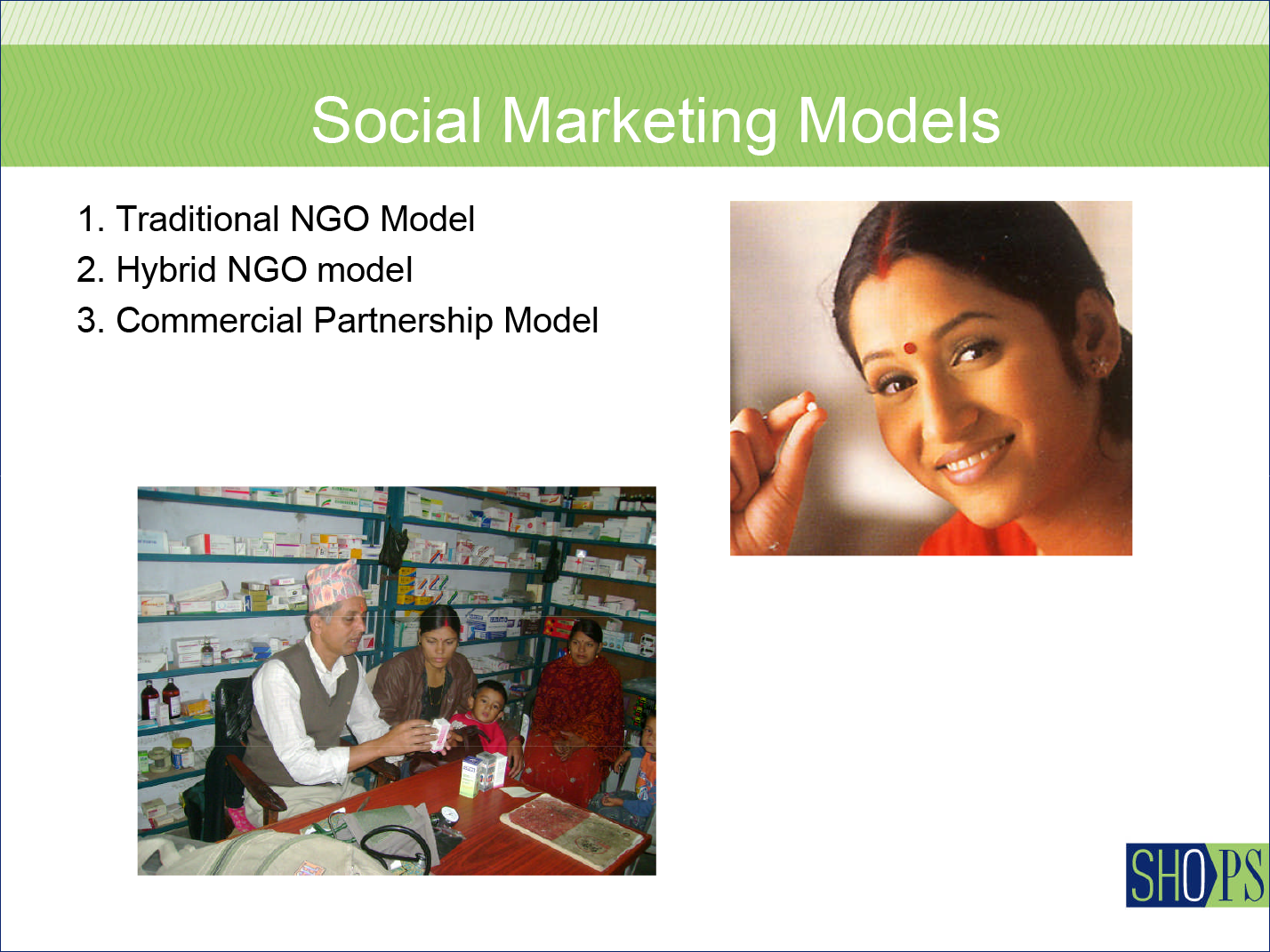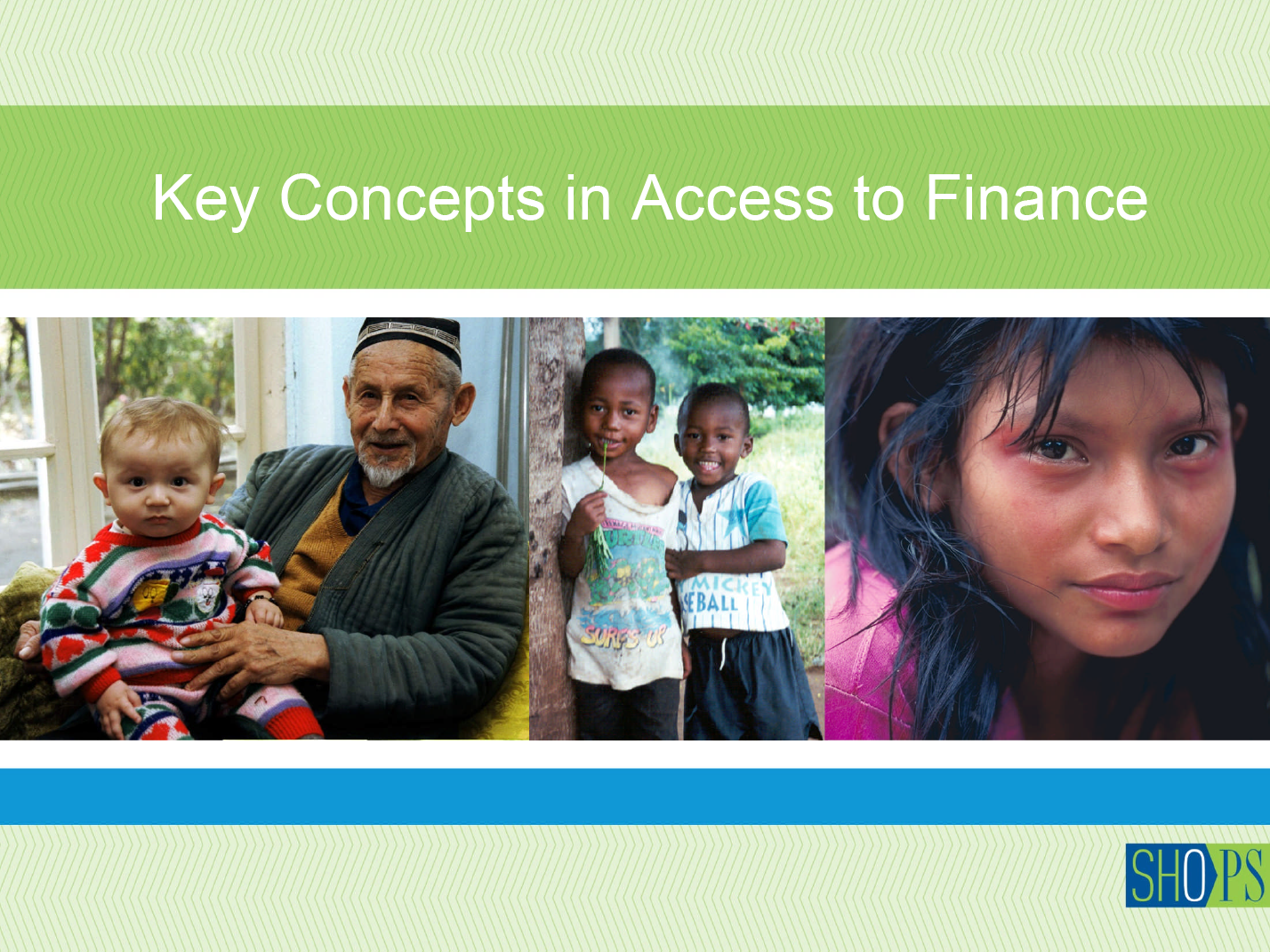
Resource Library
Business Handbook for Private Health Providers
This Business Handbook was designed as a tool for providing training to private health providers, such as midwives, nurses and doctors, that operate small clinics and have limited business skills. The business training process as outlined in this Handbook teaches health practitioners to critically examine their businesses. The main objective of the training is to impart basic business and credit management skills to private health practitioners in order to support the on-going development of private practices and to move them towards greater sustainability and profitability. The Handbook covers key elements of business management that will enable clinics to compete favorably in the local market. Areas of focus include record keeping, financial reporting, marketing, business management and credit management.
This course targets private providers operating small health care practices who have limited training in business management and finance. It has been delivered to over 200 private midwives, nurses, doctors, drug shops and clinical officers in Uganda.
This handbook was contributed as a resource for the SHOPS Access to Finance e-Conference held on March 29-30, 2011.
Resource Type : Tool
Country :
Year : 2005-07-29T00:00:00
Language : English
Project : SHOPS

Resource Library
From Life Insurance to Safer Sex: Reflections of a Marketing Team
An abstract contributed by Bruce Mackay as a cross-cutting resource for the PSP-One Social Marketing e-Conference held March 10-15, 2008.
Resource Type : Other
Country :
Year : 2008-03-17T00:00:00
Language : English
Project : SHOPS

Resource Library
Women & Mobile: A Global Opportunity
Mobile phone ownership in low and middle-income countries has skyrocketed in the past several years. But a woman is still 21% less likely to own a mobile phone than a man. This figure increases to 23% if she lives in in Africa, 24% if she lives in the Middle East, and 37% if she lives in South Asia. Closing this gender gap would bring the benefits of mobile phones to an additional 300 million women. By extending the benefits of mobile phone ownership to more women, a host of social and economic goals can be advanced.
This case study by GSMA, Cherie Blair Foundation for Women, and Vital Wave Consulting was contributed as a resource for the SHOPS mHealth eConference held May 5-6, 2010.
Resource Type : Report
Country :
Year : 2010-05-05T00:00:00
Language : English
Project : SHOPS

Resource Library
Towards the Development of an mHealth Strategy: A Literature Review
A literature review by Patricia N. Mechael contributed as a resource for the SHOPS mHealth e-Conference held May 5-6, 2010. The purpose of this report is to map what is known about a broad range of mobile and wireless technologies and the contributions that they are making towards achieving healthcare objectives in low and middle income countries.
Resource Type : Report
Country :
Year : 2010-05-05T00:00:00
Language : English
Project : SHOPS

Resource Library
mHealth Overview
A narrated presentation contributed by Pamela Riley of the SHOPS project to the SHOPS mHealth eConference held on May 5, 2010.
Resource Type : Presentation
Country :
Year : 2010-05-05T00:00:00
Language :
Project : SHOPS

Resource Library
Building a Viable Commercial Market for Household Water Treatment Products at the Base of the Pyramid
Appropriate water disinfection at the household level can improve microbial water quality and significantly reduce diarrheal episodes, yet achieving sustainable national scale up of household water treatment (HWT) programs and changing behaviors of the targeted populations who do not have access to safe water have proven to be a challenge. This report describes the context in which HWT products are being commercially introduced to low-income markets and provides an overview of four documented experiences in marketing commercial HWT products to populations living on $25 per day: Procter and Gamble’s PUR Purifier of Water, Indonesia’s Air Rahmat, Medentech’s Aquatabs, and three commercial manufacturers of water filters in India. The report discusses the marketing and behavioral challenges faced by companies manufacturing and marketing HWT technologies as well as opportunities for positioning HWT products among low-income consumers. Commercial manufacturers cannot afford to invest large sums in public education, behavior change programs, or dedicated distribution channels. Thus, public/private partnership approaches can be appropriate strategies for both allowing the commercial sector to invest in market-building activities and take advantage of its own strengths and refocusing donor and public sector resources on demand creation activities that would not only increase the health impact of water treatment interventions, but also create markets for private suppliers of water treatment products.
Resource Type : Report
Country :
Year : 2010-12-01T00:00:00
Language : English
Project : SHOPS

Resource Library
Why Work with the Private Health Sector?
Powerpoint presentation developed by Marguerite Farrell, Private Sector Health Team Leader, for the USAID Private Sector Approaches to Health Workshop held August 6th, 2010.
Resource Type : Presentation
Country :
Year : 2010-08-16T10:45:00
Language : English
Project : SHOPS

Resource Library
USAID and the Private Health Sector in Developing Countries: Lessons, Challenges and Opportunities
Powerpoint presentation developed by Shyami de Silva, Private Health Sector Advisor, for the USAID Private Sector Approaches to Health Workshop held August 6th, 2010.
Resource Type : Presentation
Country :
Year : 2010-08-16T10:00:00
Language : English
Project : SHOPS

Resource Library
Social Marketing Models to Achieve Public Health Goals
Powerpoint presentation developed by Susan Mitchell, POUZN Project Director, for the USAID Private Sector Approaches to Health Workshop held August 6th, 2010.
Resource Type : Presentation
Country : Benin
Year : 2010-08-13T11:30:00
Language : English
Project : SHOPS

Resource Library
Access to Finance and the Private Health Sector
Presentation developed by Lisa Tarantino, SHOPS Project Access to Finance Technical Director, for the USAID Private Sector Approaches to Health Workshop held August 6th, 2010.
Resource Type : Presentation
Country :
Year : 2010-08-13T11:15:00
Language : English
Project : SHOPS
Pagination
- Previous page
- Page 7
- Next page

